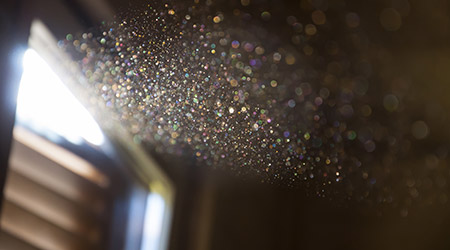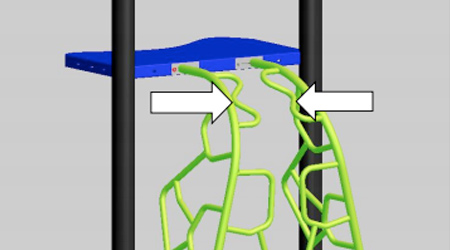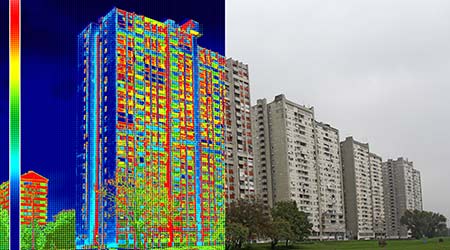
Sunshine Might Kill Bacteria in Dust: Study
November 13, 2018
Facility managers in institutional and commercial facilities have long had discussions about the need for and benefits of daylighting when it comes to occupant productivity and health. So it should come as no surprise that research is continuing to reinforce the benefits of daylighting for buildings.
Consider this: The sun’s rays coming through windows can kill some bacteria that live in dust, according to a recent study published in the open access journal Microbiome. University of Oregon researchers found that in dark rooms, an average of 12 percent of bacteria were viable. But only 6.8 percent of bacteria exposed to daylight, and 6.1 percent of bacteria exposed to ultraviolet light were viable, according to study data.
Dust kept in the dark contained organisms closely linked to some respiratory diseases, but the same organisms were largely absent in dust exposed to daylight.
The study found that less human skin-derived bacteria and more outdoor air-derived bacteria lived in dust exposed to light than in dust not exposed to light. This finding could suggest that daylight causes the bacteria in indoor dust to resemble those found outdoors, according to Infection Control Today.
Cathryn Jakicic is healthcare industries editor of FacilitiesNet.com. For more information on hospital campuses and other medical facilities, click here.
Next
Read next on FacilitiesNet












